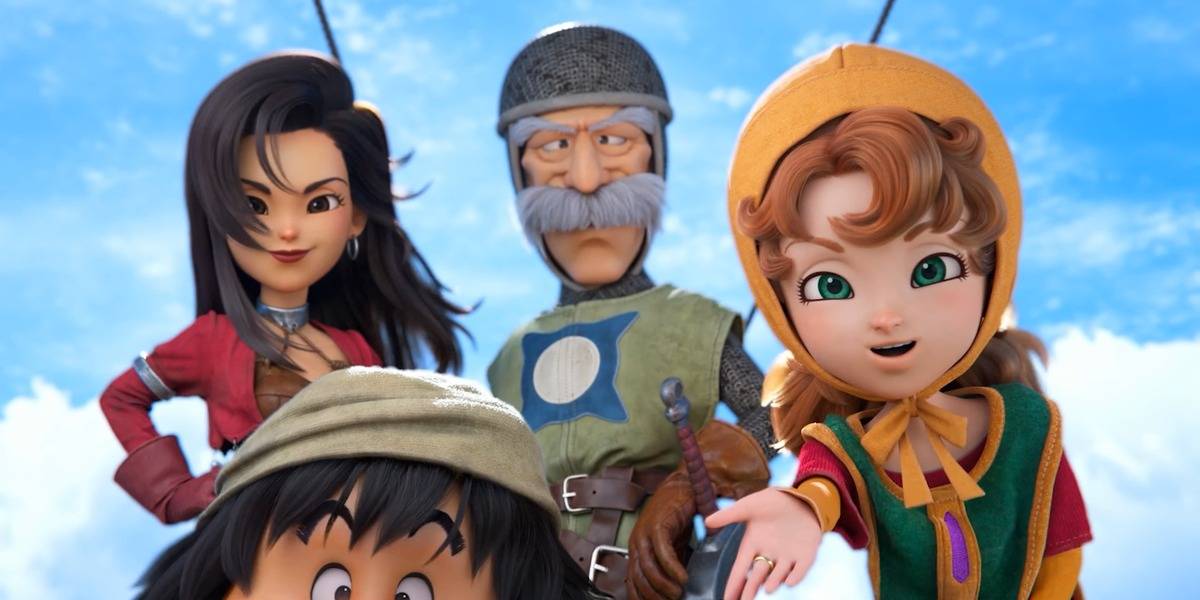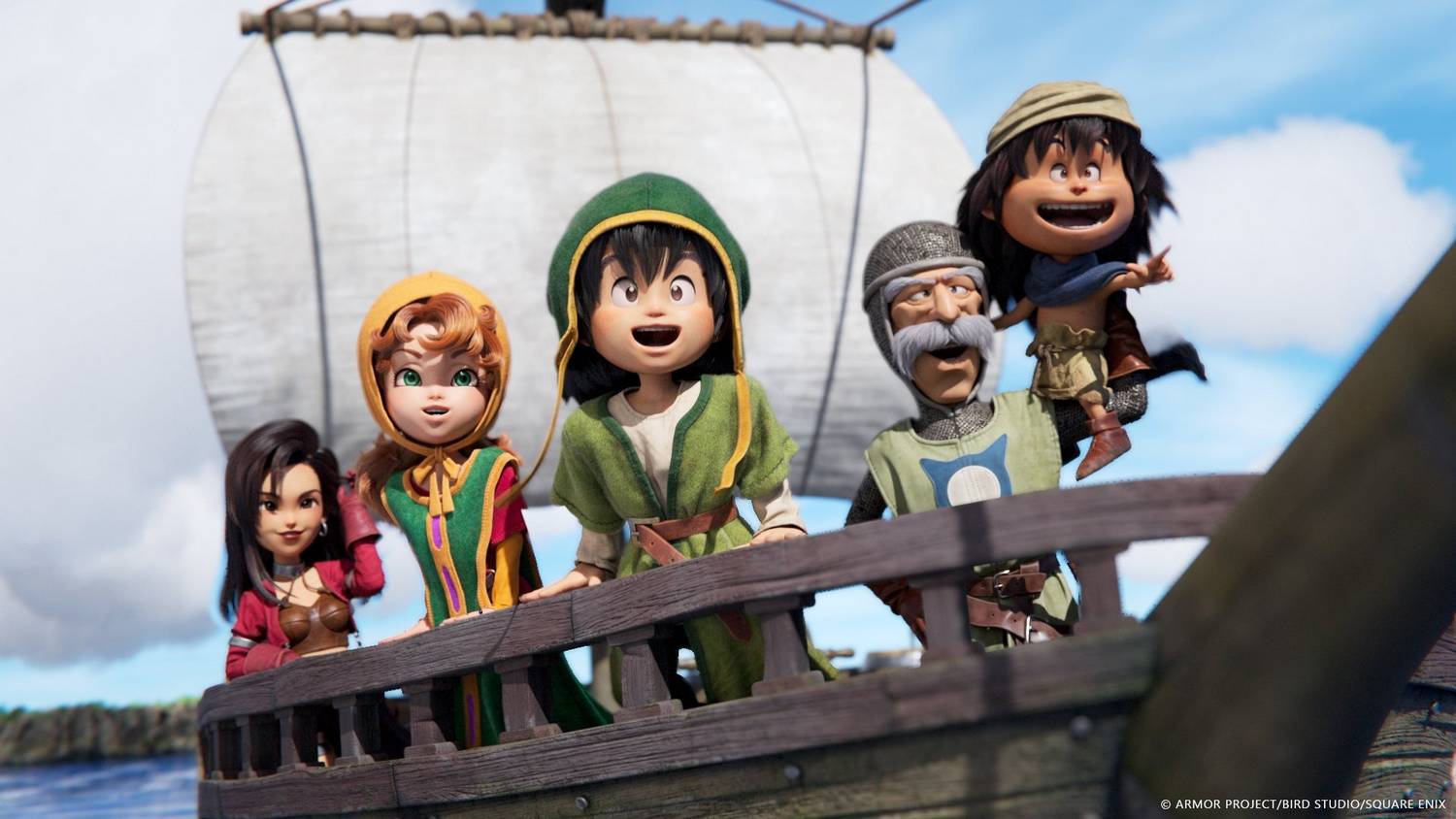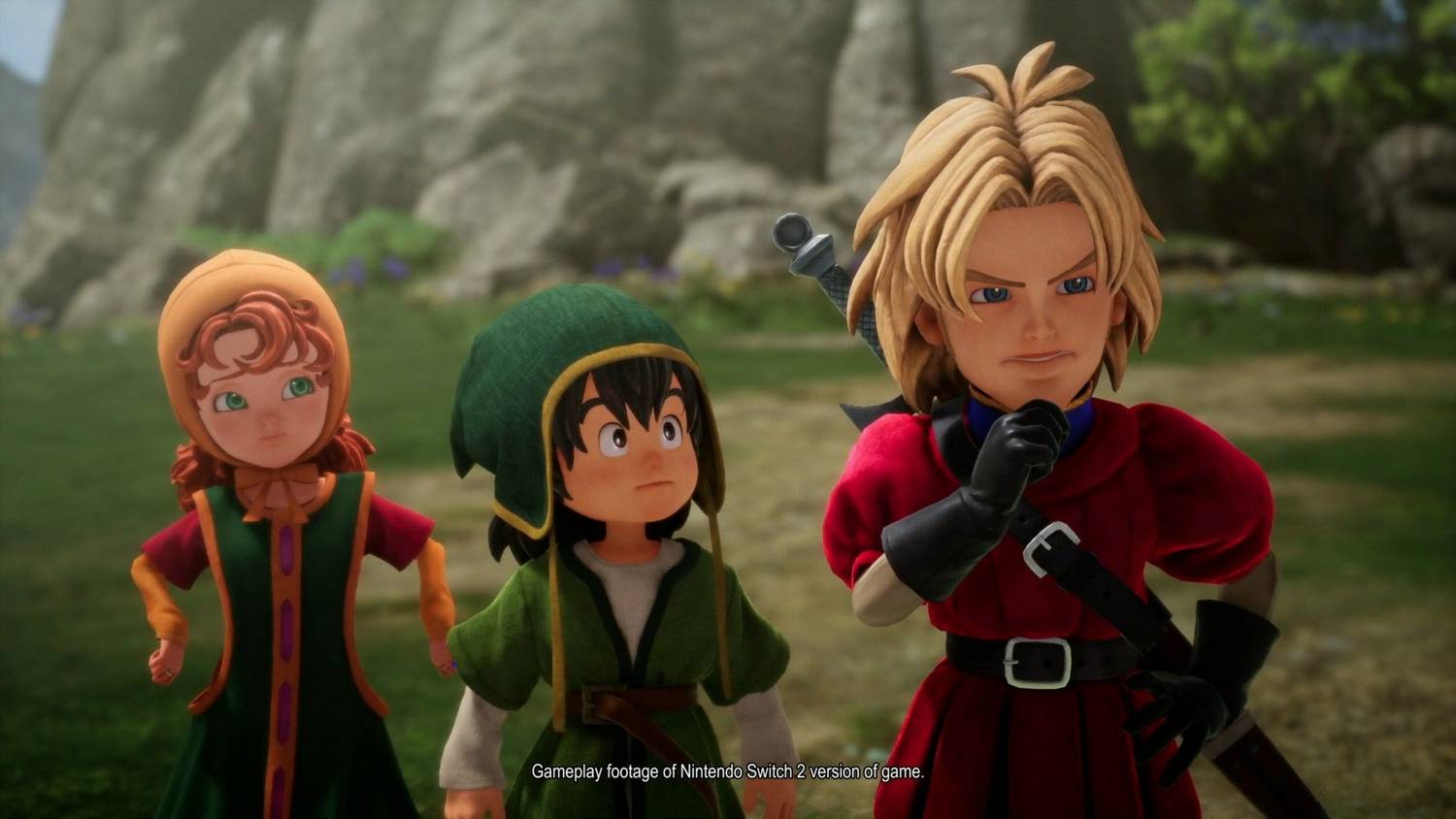A Bold New Look: Dragon Quest VII Gets a Full Remake, Eschewing the Beloved HD-2D Style
Popular Now
 Toca Boca World
Toca Boca World
 God of War Ragnarök
God of War Ragnarök
 Black Myth: Wukong
Black Myth: Wukong
 FIFA 23
FIFA 23
 Auto X Drift Racing 3
Auto X Drift Racing 3
 R.E.P.O
R.E.P.O
 Poppy Playtime
Poppy Playtime
 Valorant
Valorant
 Brawl Stars
Brawl Stars
 Rust
Rust
 For years, fans of classic Square Enix RPGs have been clamoring for a remake of Dragon Quest VII: Fragments of the Forgotten Past. Now, their prayers have been answered, but not in the way many expected. Square Enix has officially announced a full, ground-up remake titled Dragon Quest VII Reimagined, and in a surprising move, it will not be using the popular HD-2D art style that has been a fan favorite in recent years. Instead, the game will be rebuilt with a brand-new, hand-crafted 3D aesthetic, set to launch on February 5, 2026, for PS5, Xbox Series X|S, PC, and both the original Nintendo Switch and its next-gen successor.
For years, fans of classic Square Enix RPGs have been clamoring for a remake of Dragon Quest VII: Fragments of the Forgotten Past. Now, their prayers have been answered, but not in the way many expected. Square Enix has officially announced a full, ground-up remake titled Dragon Quest VII Reimagined, and in a surprising move, it will not be using the popular HD-2D art style that has been a fan favorite in recent years. Instead, the game will be rebuilt with a brand-new, hand-crafted 3D aesthetic, set to launch on February 5, 2026, for PS5, Xbox Series X|S, PC, and both the original Nintendo Switch and its next-gen successor.
 A New Art Style for a New Audience
A New Art Style for a New Audience
The decision to move away from HD-2D, the signature art style of games like Octopath Traveler and the upcoming Dragon Quest III HD-2D Remake, is a bold one. According to producer Takeshi Ichikawa, the team wanted to “take on a new challenge” and create a visual experience that would resonate with a global audience. The new art style, which he describes as a “diorama brought to life,” reimagines Akira Toriyama’s classic character designs into a charming 3D art style that looks like it’s been crafted from real-world dolls. The environments and dungeons are similarly brought to life with a hand-crafted, storybook aesthetic, giving the world a unique and vibrant feel that stands in stark contrast to the pixel art of HD-2D.
This “reimagining” goes beyond just the visuals. The new version will feature a host of quality-of-life improvements and gameplay tweaks designed to modernize the experience. Dragon Quest VII is famously known for its lengthy playtime and slow-burn narrative, with a notoriously long introductory sequence that has been a point of contention for many players. The new remake aims to “streamline” the story to make the journey more accessible to all players, a clear effort to bring the game’s classic tale to a wider, more modern audience.
 Classic Gameplay with Modern Refinements
Classic Gameplay with Modern Refinements
While the game’s core turn-based combat remains, it has been given a significant overhaul. The combat system now includes a new “Moonlighting” mechanic, which allows players to equip two vocations (classes) at once, giving them access to skills, spells, and perks from both. This is a massive change from the original’s rigid class system and should provide a new layer of strategic depth and customization. Additionally, the game will feature other improvements, such as the ability to pre-emptively strike enemies on the field and an auto-battle feature to speed up the grind. The developers have also mentioned that the battle system will be more dynamic, with battle speed adjustments and battles progressing without interruptions between turns, depending on the tactics selected.
For the first time, Dragon Quest VII will also include a new “Vocational Perks” system, where each class has a unique, powerful ability. These new features, combined with the streamlined story and faster combat, are all part of a concerted effort to make the game feel fresh and modern, without sacrificing the spirit of the original. The change in art style, which has been a topic of intense discussion among fans, is just one part of this larger plan. While some purists may be disappointed that it won’t be in the nostalgic HD-2D style, many others are excited about the prospect of a visually stunning, fully-realized 3D world that breathes new life into this classic adventure.
A Multi-Platform Release for a New Era
The most surprising part of the announcement is the game’s wide multi-platform release. Unlike the 3DS remake, which was a Nintendo exclusive, Dragon Quest VII Reimagined is launching on all major modern platforms. This not only makes the game accessible to a massive new audience but also signals a change in strategy for Square Enix, which seems to be moving toward a more platform-agnostic approach for its major titles. This means that fans on PC, Xbox, and PlayStation, who may have missed the original PS1 and 3DS releases, will finally be able to experience this pivotal entry in the long-running series. The simultaneous launch across so many platforms is a clear vote of confidence from Square Enix, who is positioning this game as a major release for 2026.
As the gaming world continues to see a revival of classic JRPGs, Dragon Quest VII Reimagined stands out by forging its own path. By moving beyond the successful HD-2D trend and creating a new art style from the ground up, Square Enix is demonstrating a commitment to innovation and to honoring the game’s legacy in a new and exciting way. For fans old and new, the journey to restore the forgotten world is just beginning, and this time, it will look more beautiful than ever before.










